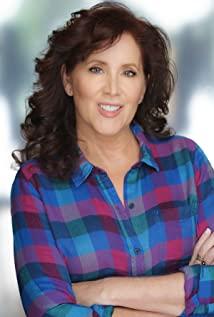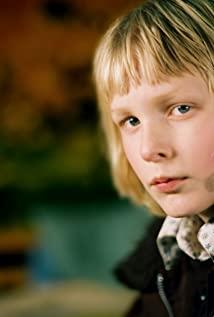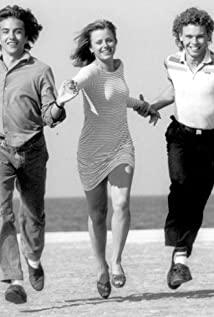Swedish film "Don't Enter" in 2008, he won many awards, such as the best feature film at the Tribeca Film Festival and five nominations for the Swedish Film Academy Awards. Matt Reeves, director of "The Clover Archives", has also begun to remake the film.
Swedish film is the leader of Nordic movies. As the first country to film movies in Northern Europe, Sweden produced its first film in 1897. Since then, Bergman, Alf Sjoborg, Ingrid Bergman, Greta Garbo continues to add weight to Swedish films. However, I prefer to treat Nordic cinema as a whole. Nordic cinema seems to always make comments on the views in Danner's "Philosophy of Art", that is, the artworks of artists always reflect the ideas that nurtured them. The geographical temperament and national character of the place. There is a temperament in Nordic movies that will never be mistaken. The creators are always happy to aim the camera at the snow and the dark night. They are also best at expressing loneliness and pain with extremely sharp brushstrokes. The overall temperament is cold, restrained, and forbearing. And, probably because of the cold, there is a subtle feeling for things that shelter and warm people. Houses, doors, lights, stoves, glass windows, cotton clothes, and water always give people strange warmth in Nordic movies. .
"Don't Go In" more concentratedly presents the temperament of Nordic movies. The film is adapted from the 2004 best-selling book of the same name by the Swedish novelist John Lindkovist (who also participated in the creation of the screenplay), directed by Thomas Alfredson, two young Henriks who have never acted in a movie Starring Dacher and Lena Lenardelson. The main line of the film is the friendship between a pair of 12-year-old teenagers. One is the boy Oscar, who is always bullied at school and can only vent his hatred in an imaginary form. The other is the child Ai Li who lives next door (gender ambiguous). ), living with an old man of unknown origin, Ally continued to encourage Oscar to be brave and saved him at the most critical moment. Of course, the most shocking thing about this story is that Ellie is a vampire who has survived for 300 years, relying on blood to survive, "I have been 12 years old for a long time," she explained her origins in this way.
The story of "Don't Enter" is clear and simple, but the style is mixed. It looks like a vampire story, but it is a realist style, which completely subverts the conventions of previous vampire movies. Vampire novels and movies have always been characterized by gorgeousness, enchantment, and extravagance. However, "No One Who Lives In" presents a "poor vampire" (a joke by netizens), living in a simple, unfurnished house. I am always lonely and helpless. Therefore, "No Entry" only uses the type of vampire story to reflect the unavoidable problems in life, and the "sucking blood" can be replaced by an incurable disease, or a complex that cannot be eliminated in life, and a certain follow-up. The tragic fate of not going. It is the same as the 2008 "Eternal Moments of Maria Lassen" (Sweden), "Fire and Citroen" (Denmark), and "Rest in Peace!" “Jamil” (Denmark), “The Man of Love” (Norway), “House of Black Butterflies” (Finland), etc., constitute a new picture of Nordic movies. Of course, this picture is usually cold and cold. Warm and clean.
But my favorite is still the scene of children pressing their handprints on the glass windows on winter nights several times in "Don't Go In". This reminds me of the song "Who passed by the window in my childhood" by the Swedish poet Pal Fabian Lagquist who won the Nobel Prize in Literature: "Who passed by the window in my childhood? /He breathes on the glass window/In my childhood, in that deep/starless night, who walked by./He made a mark on the window with his finger/On the wet glass/Use His soft fingers/.../Who passed by/After the deep night of my childhood/Leave me alone/Forever."
View more about Let the Right One In reviews











